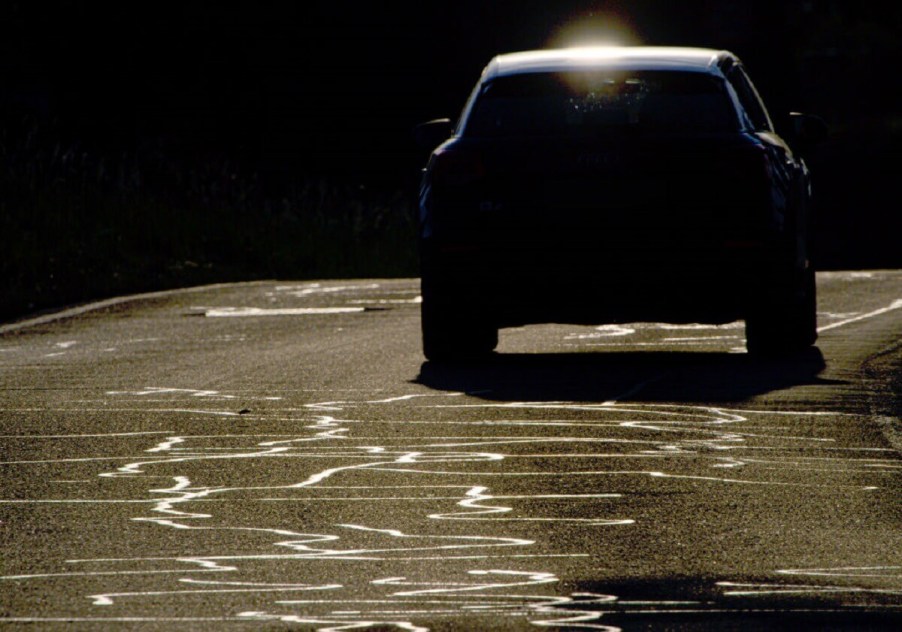
Dry Asphalt Can Kill Motorists and Motorcycles With These Sinister Serpents
Summer is upon us, which means drivers and riders will take to hot ribbons of asphalt in their convertibles and motorcycles. While dry, sticky pavement might seem like a sensible companion for your two-wheeled and four-wheeled toys, there are still hazards. Specifically, road snakes, or tar snakes, could pose a risk to motorists and motorcyclists.
What is a road snake?
Road snakes, or tar snakes, as some drivers call them, are the sealant repairs to cracks in the asphalt or road surface. In addition to being unsightly, road snakes could pose a risk to motorists, especially motorcyclists, when the tar sealant heats up and becomes slick on hot summer days.

Moreover, uneven applications of sealants could result in raised portions on the road surface. As a result, cars and motorcycles may be forced off their path or lose traction while riding over bumps in the asphalt. Additionally, softer sealants can accumulate foreign materials like nails that can end up embedded in tires, per The Cheap Place.
What causes tar snakes?
Maintenance personnel can resurface a road or perform sealant patches when cracks form on road surfaces. These on-the-spot fixes result in the dark, tangled road snakes you’ve likely noticed on back roads.
While large, comfortable cars and SUVs might not transfer any input from sealant patches to a driver, the imperfections could prove bothersome for motorcycles.

Are road snakes on dry asphalt dangerous?
Unfortunately, when a motorcycle passes over a road snake’s heated sealant surface, the friction and grip between the surface of the asphalt and the tires change. Specifically, as the tar heats up, it becomes slicker than the dry asphalt.
Any motorcycle, especially one in mid-corner, has the potential to slide out from under a rider on road or tar snakes. Light vehicles like a Mazda MX-5 Miata also have the potential to lose traction, but motorcycles are the most at risk of crashes resulting from slick sealant patches.
How can you prepare yourself for slick road snakes on asphalt?
You should take a few precautions if you’re driving or riding on asphalt with many troublesome tar snakes.
- Always scan the road ahead for tar snakes and other obstacles.
- Maintain or gradually decrease your speed while crossing over tar snakes, don’t accelerate abruptly.
- Keep calm and maintain a loose grip on your handlebars if you lose traction; allow your motorcycle to find the grip again.

In a car, be mindful of your steering and throttle inputs to avoid losing traction, especially in a rear-wheel drive (RWD) vehicle.
Do you have to contend with these summer serpents? Share your experiences in the comments below!



